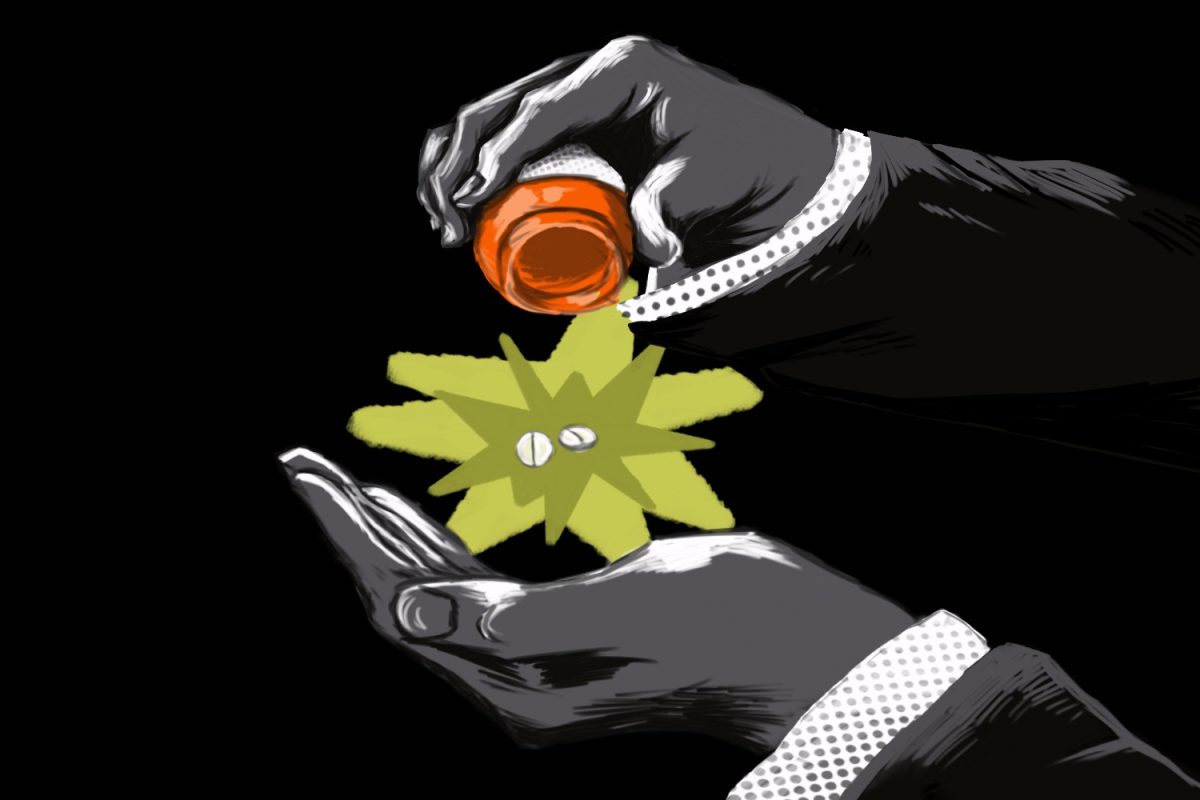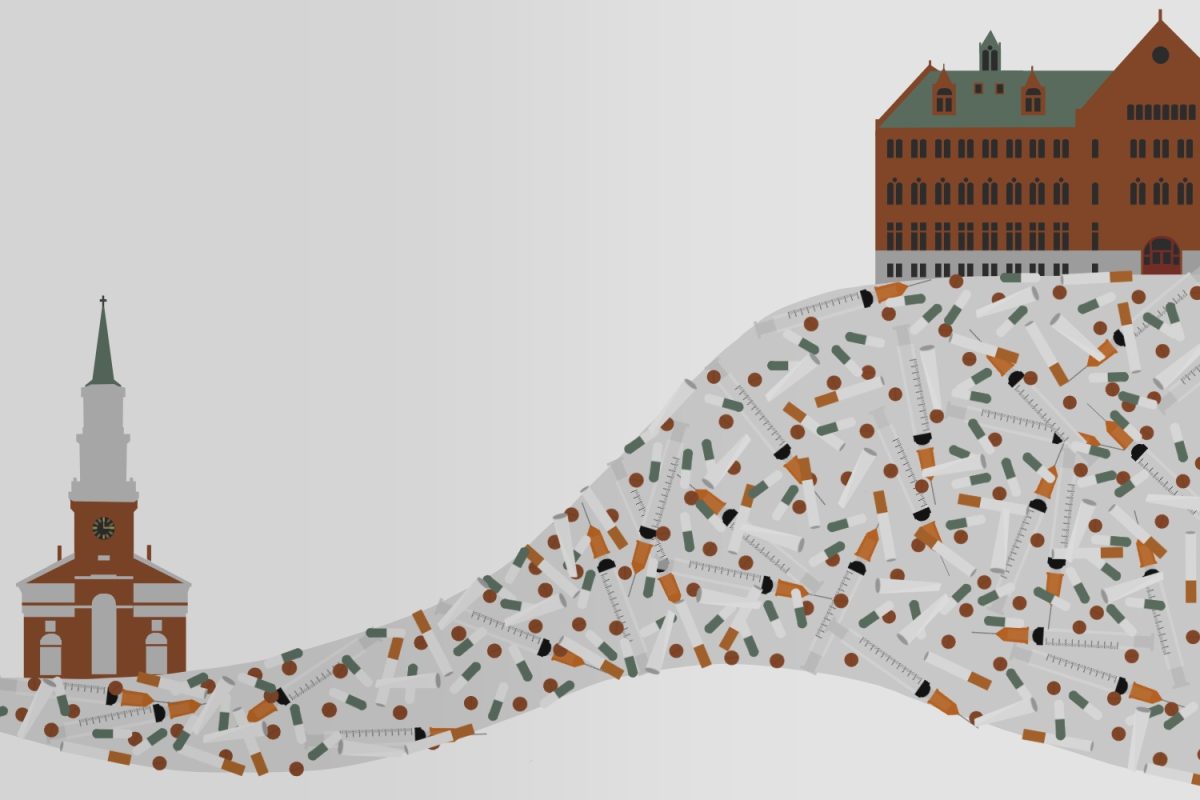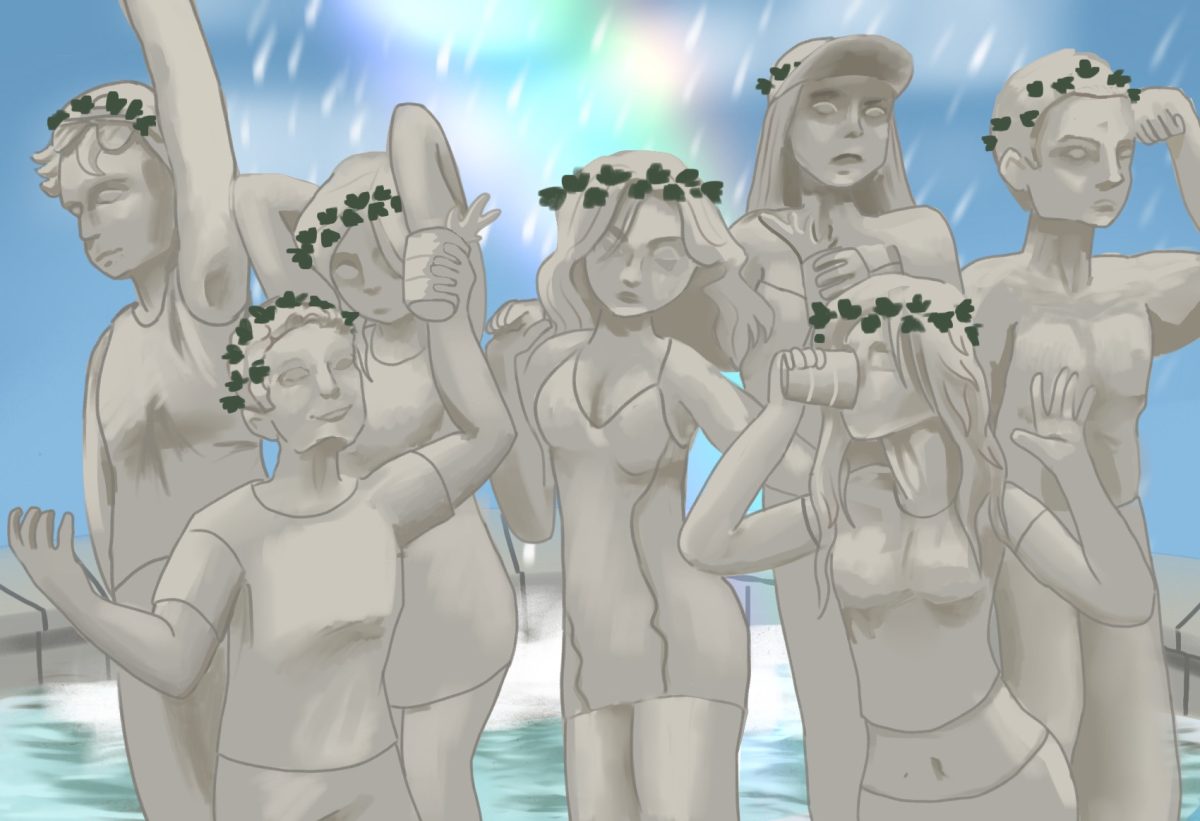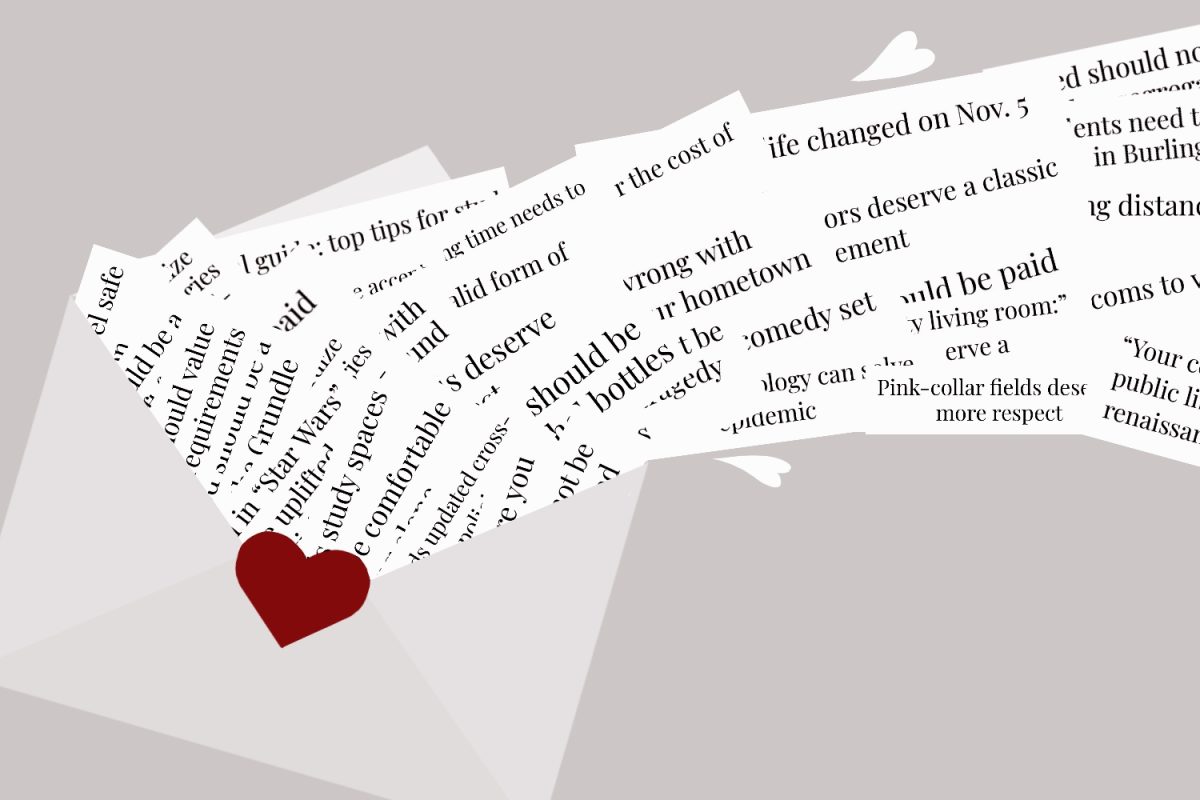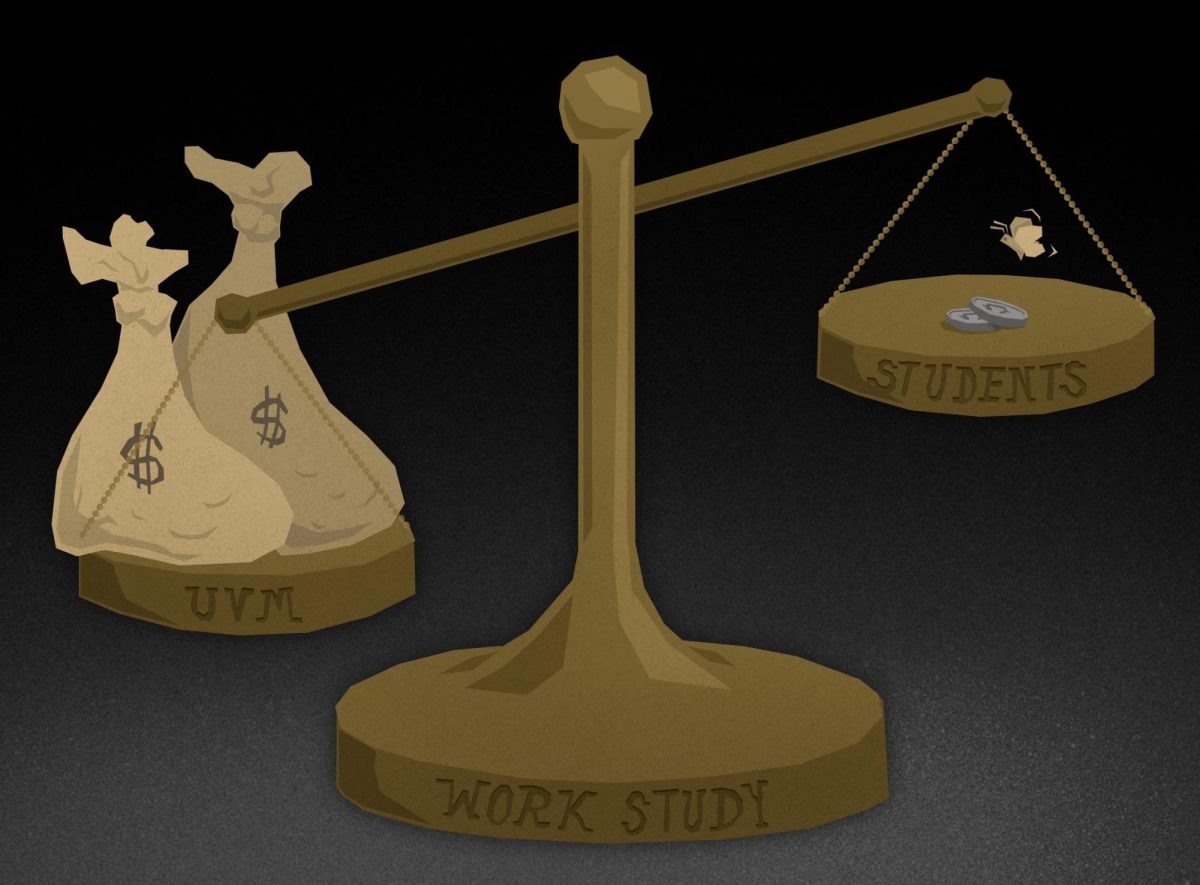If you followed the 1992 Presidential election, you remember it: The arresting image of a teenaged Bill Clinton shaking President John F. Kennedy’s hand and looking like he might burst from the joy of it.
The picture helped the Clinton campaign create an air of political predestination. Years later, Philip Baruth, associate professor of English, uses the photo as a fulcrum of his new novel The X President (Bantam), which wonders, among other things, what if that image was in some sense predetermined?
“There is an almost heartbreaking sense of potential with the young Clinton. The picture suggests something larger than Clinton, a perfect storm,” Baruth says.
The novel’s seeds came in 1992 when Baruth, who supported Clinton’s campaign, found himself in the familiar position of being at a candidate’s “victory party” – and, after backing Dukakis and Mondale, in the unfamiliar position of celebrating an election win. In the years that followed, Baruth began reading voraciously about Clinton, wondering why “he was not a loser.” That took him into Clinton’s psyche; and that, Baruth says, took him to fiction.
“I knew that I wanted to write about this foreshadowing in his youth. And so I started to think about using a three-tiered Bill Clinton as a fresh way to see him,” Baruth says. “But you can’t do a 109-year-old Clinton, a 49-year-old Clinton and a 16-year-old Clinton without using some elements of science fiction.”
Past imperfect
The story begins in 2055, with protagonist Sal Hayden, a biographer and professor, collaborating with a centenarian Clinton (called “BC” in the book – “At a certain point, the fingers won’t type the word,” Baruth says. ” ‘Clinton’ just seemed like too much of a landmine.”). With America riven by violent Timothy McVeigh-style separatists and fighting a losing world war without allies against a coalition of Eastern countries in something called the Cigarette Wars (which were sparked by Clinton’s anti-tobacco accord, which pushed tobacco companies into new Asian markets), Clinton is largely forgotten, a deep affront to his ever-legacy-conscious pride.
The plot eventually sends Hayden back in time to rewrite rather than chronicle Clinton’s past in service of redirecting the future. One senses a bit of authorial wish-fulfillment here – Baruth’s scholarly work revolves around the 18th century, and he wrote a 75-page biographical sketch of the actress Charlotte Charke. There’s some joy in the jump: When the book moves in time, it skips in tone as well, moving from a miserable future of terrorism on bullet-trains to a time of fin-bedecked Buicks.
“The more I got into that recreation, the more fun it became,” Baruth says. “You’ll notice a marked shift in the book: The first part is dark, and then there’s this exhilaration in this post-war, pre-war moment.”
Risky business
Baruth’s usual fictional mode is to torque reality. His first novel, The Millennium Shows, concerned the Grateful Dead-like “Dead,” and his second, The Dream of the White Village, explores its themes in a faithfully rendered Burlington-like city. Baruth says that fictional take-offs from pop culture reality are his “bread and butter,” but acknowledges that the approach has dangers.
He began the book, for example, well before Clinton’s impeachment hearings. This huge development, fortunately for the novelist, wasn’t a problem – “It didn’t affect things at all. The design of the book assumed that Clinton was going to leave office in some kind of disgrace.” But as the work grew, and pages filled with satire of Clinton and the collective “guilty pleasure” the leader’s persona gives fans, Baruth began to worry about appearing cruel if something happened to the real-life model for his fictional “BC” before the book was released.
Perhaps more problematic than fashioning a novel out of recent history was Baruth’s choice of using time travel as a literary device, even when the playing with chronology was used to add emotional heft to satire through foreshadowing and as a sort of professorly post-modern comment on the contingency of texts and reality. Time travel, it turns out, is not what the literati are looking for.
“When [his agents] sent the book out, I’d get these fan letters from people at literary publishing houses saying that they loved the book, but they couldn’t buy it because time travel is the kiss of death,” he says.
The novel, which was completed on Election Day 2000, eventually found a home with an enthusiastic and receptive publisher and is being marketed as cross-over science fiction. That pleases Baruth, who admires Neal Stephenson’s intricate and emotional sci-fi.
Of course, it might just disappoint a teenaged fanboy looking for a 1950’s-style time-travel farce. In Baruth’s book, the technology is, for the most part, an afterthought. (The mechanism for hopping through time is taking a flight to a reservation east of Las Vegas. Who knew?) Arguably the most lovingly detailed bits of futureania in the book are Clinton’s mechanically enhanced body and fingers, “smooth ball sockets… of treated dental ceramic… [and] sea-green polymer gel.”
But the description of gadgetry is in service of a character, a gesture, an image of a faint clicking when the novel’s ancient Clinton is moved by forces we cannot see and can only partially comprehend.






